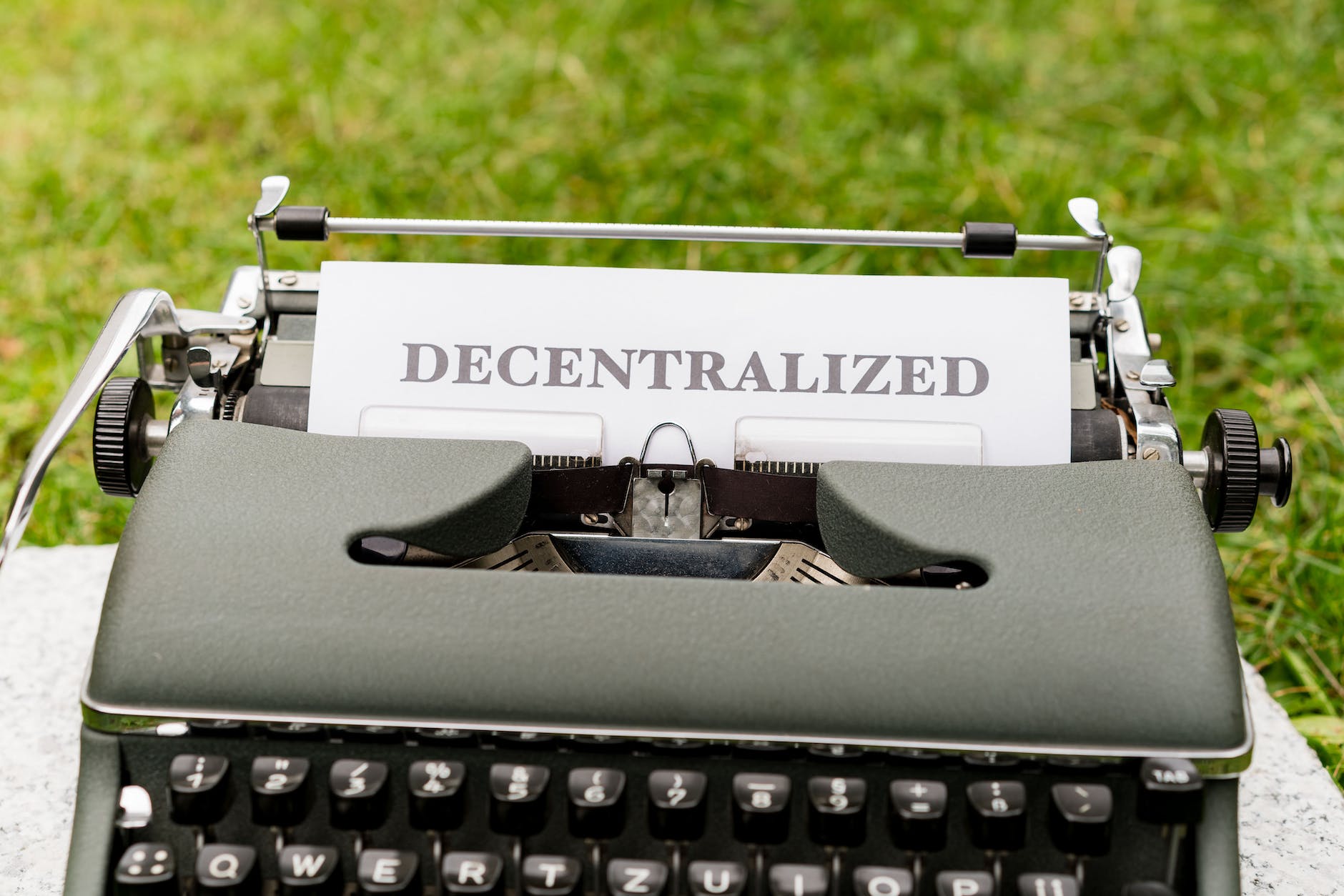What is a DAO
A DAO (Decentralized Autonomous Organization) can be defined as a new type of organisational structure based on blockchain technology, often described as a kind of “crypto-cooperative or “financial flashmob”.
ConsenSys defines the DAO as “a community-driven entity with no central authority. It is fully autonomous and transparent: smart contracts set the ground rules, enforce agreed decisions and, at any time, proposals, votes and even the code itself can be publicly audited”.
A DAO is governed through computational algorithms (running through the blockchain) known as smart contracts that regulate how the parties involved in the Decentralised Autonomous Organisation should cooperate.
But why is this the case? Because the members do not have to know each other and there is no hierarchy between them.
What is the blockchain?
Before we continue talking about DAOs, let’s briefly explain what blockchain is.
This technology consists of a system for recording information in which data is organised and stored sequentially in blocks that are connected to each other. It can also be thought of as a chain made up of links where each link represents a block containing information.
The applications of the blockchain stand out for the transparency and versatility that they bring to all types of transactions to increase security, increasing the benefits of all types of sectors in a more than notable way.
How does a DAO work?
We have already seen what it is and its relationship with the blockchain¸ but how does a DAO work? The mechanisms are as follows:
- Smart contracts. These smart contracts are instructions stored in the blockchain that are automatically executed when the programmed parameters are given. They are transparent, immutable and secure.
- Consensus protocol. These are the rules of the organisation, which can only be changed by collective vote.
- Issuance of a token. This is the digital representation of an asset embedded in the blockchain that serves as an exchange and economic reward between DAO participants.
Advantages of DAOs
DAOs have a number of advantages.
- Security and transparency. All actions are recorded and cannot be manipulated by anyone outside the organisation.
- No external controls. They do not depend on any intermediary for their operations and control, as all their functioning is regulated by computer algorithms.
- Automatic execution. They are organised in computer code that is automatically executed according to protocol.
- Universal. It eliminates borders as it offers a universal service due to its decentralised nature.
- Creation of organisations. They allow organisations to be created quickly and without hierarchies.
Example of DAO: buying the US Constitution
To better understand what practical applications a DAO can have, let’s look at the example of ConstitutionDAO.
This project emerged at the end of 2021 with the intention of buying the last original copy of the US Constitution in private hands.
Overnight, thousands of people joined this initiative and, although it did not achieve its goal, in less than 72 hours it raised almost 47 million dollars from its investors and participants.
Despite failing to secure a copy of the US Constitution, ConstitutionDAO demonstrated the ability of these decentralized co-operatives to attract capital and attention.

